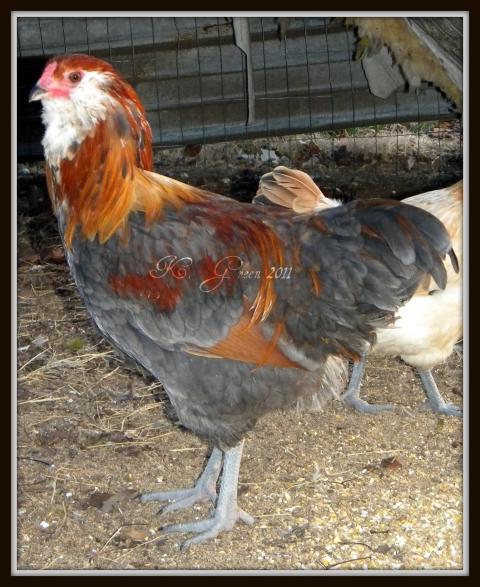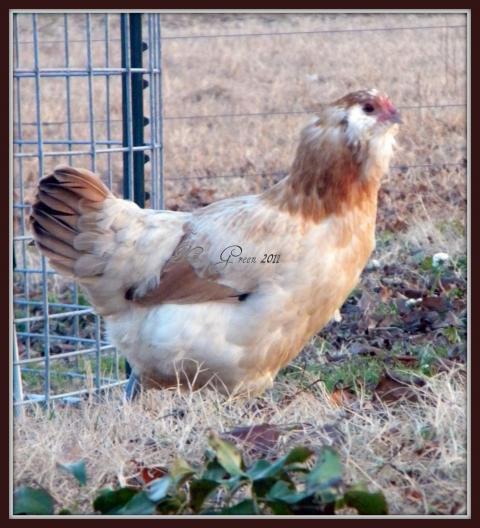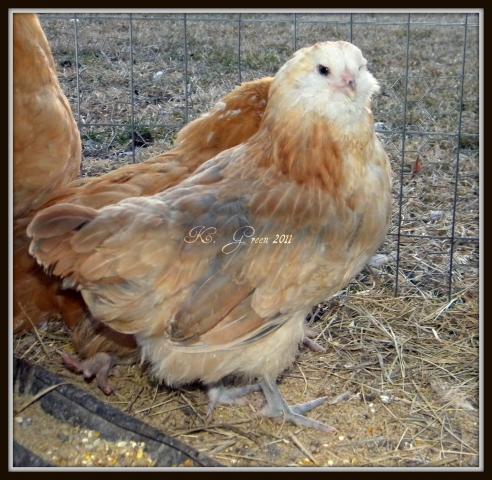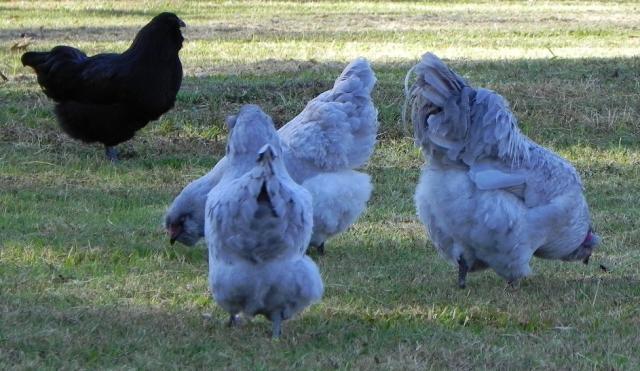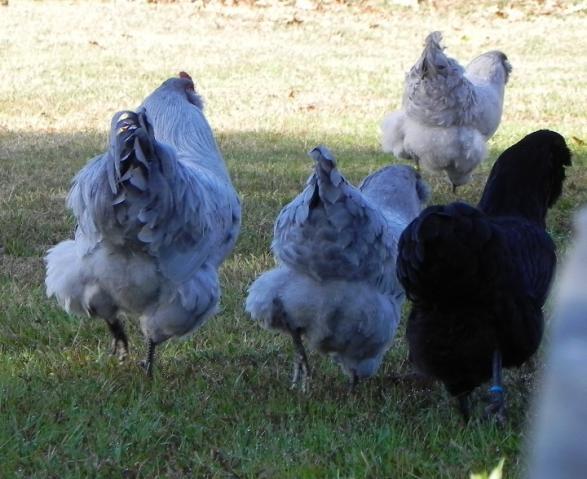Technically, 0 seconds.
 I have two buffs and a few wheatens, but no one is even in the time of year or mood to breed.
I have two buffs and a few wheatens, but no one is even in the time of year or mood to breed.
I just study the color, the breeding of it, and Ameraucana breeding in general a lot. So, as a note, this is my opinion, and I may be wrong. But, I'm very much a dedicated fan to the color variety, and am all up for helping others with it. Wish I could say the same for Silvers too, but golly, Silver Females are hard to get proper coloring of, even to show as an example.

I just study the color, the breeding of it, and Ameraucana breeding in general a lot. So, as a note, this is my opinion, and I may be wrong. But, I'm very much a dedicated fan to the color variety, and am all up for helping others with it. Wish I could say the same for Silvers too, but golly, Silver Females are hard to get proper coloring of, even to show as an example.


